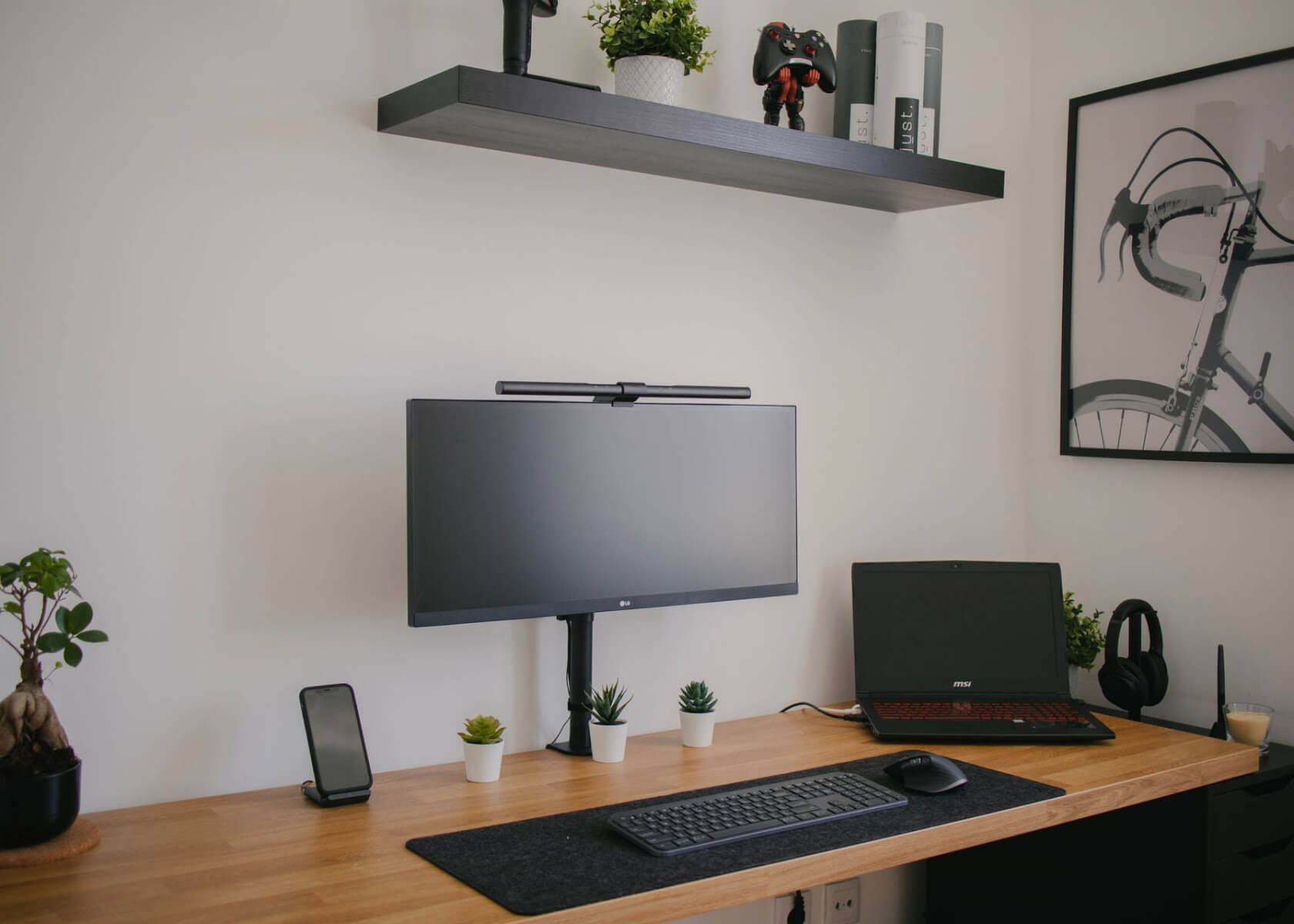How to Create a Notion Template: A Step-by-Step Guide

New to Notion?
How to Turn a Page into a Template in Notion
Notion is a versatile productivity tool that helps you organize your thoughts, projects, and documents in a customizable and intuitive way. One of its powerful features is the ability to create templates, which save you time and effort by providing a pre-designed structure for recurring tasks. This article outlines the updated process and best practices for turning a page into a template in Notion using the latest features and workflow improvements.
Understanding Templates in Notion
Templates in Notion are predefined pages that serve as starting points for new content. They allow you to maintain consistent structures and layouts for various types of information, whether it’s meeting notes, project plans, personal journals, or blog posts.
When creating a template, you can include instructional text, pre-filled content, and even configure database properties to enhance its functionality. Templates can also be shared with team members, ensuring that everyone follows the same structure during collaboration.
Steps to Turn a Page into a Template in Notion
Follow these updated steps to turn a page into a template:
- Create a new page: Start by creating a new page in Notion. You can begin with a blank page or modify an existing one. Notion’s modern interface now includes a Template Gallery with pre-built options that can inspire your design.
- Design your template: Customize the layout to meet your needs. Add headings, subheadings, bullet points, checkboxes, images, tables, and other elements. Consider the specific use case of your template and structure it accordingly to ensure ease of use and consistency.
- Add hints for content: Although Notion doesn’t support native input placeholders, you can add instructional text as hints. For example, include text like
Enter project name hereor use double curly braces like{{Project Name}}to indicate where users should input data.
- Pre-fill content (optional): If your template contains elements or information that remains constant, pre-fill that content. This approach minimizes repetitive input and streamlines the process each time you create a new instance.
- Configure database properties (optional): If your template is part of a database, set up properties such as status, priority, tags, or dates. With Notion’s enhanced relation and rollup features, it’s easier to filter, sort, and track progress in projects or tasks.
- Duplicate the page as a template: Once your page is ready, duplicate it to preserve the original as a template. Click the three-dot menu icon at the top right of the page or right-click the page in the sidebar, then select "Duplicate." This creates an independent copy that you can reuse without affecting the base template.
For database users: If your page is within a database, consider using the built-in Template button to add new entries based on your pre-designed format.
- Use the template: To create a new page based on your template, simply duplicate the template page. The new page will be independent, allowing you to customize it without modifying the original base template.
Conclusion
Turning a page into a template in Notion streamlines your workflow and establishes consistent structures for various content types. Whether you’re organizing study notes, managing professional projects, or planning blog posts, templates offer a flexible and powerful framework that boosts productivity. With Notion’s latest features and enhanced customization options, you can create and share templates tailored precisely to your needs. Start leveraging these tools today to elevate your productivity to new heights.


